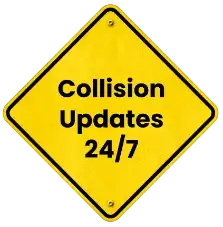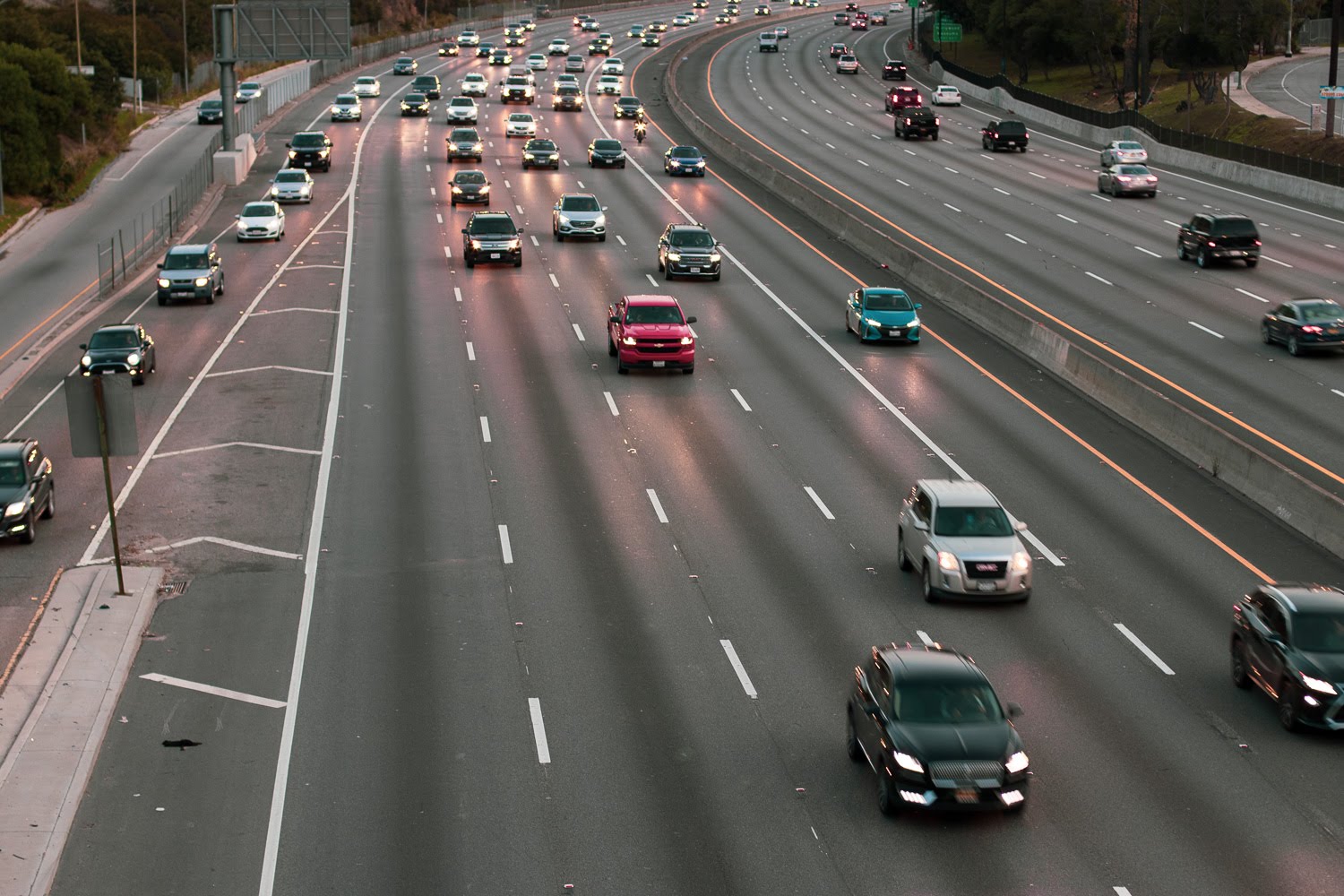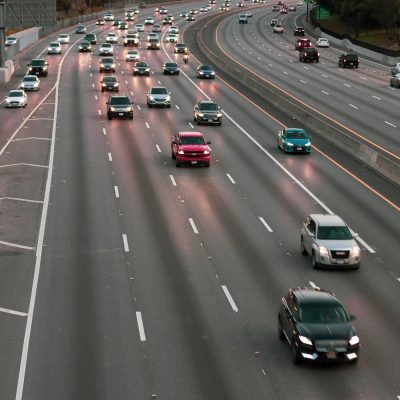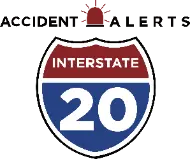
Wrong-Way Accidents on I-20


Interstate 20 (I-20) stretches more than 1,500 miles from Texas to South Carolina, connecting major metropolitan areas. While it serves as a vital artery for commerce and daily travel, it has also seen a troubling increase in wrong-way driving I-20 incidents over the past decade.
These collisions are among the deadliest on U.S. highways. According to the National Transportation Safety Board (NTSB), wrong-way crashes represent only a small percentage of total accidents but are 150 times more likely to be fatal than other types of collisions. On high-speed interstates like I-20, where traffic often moves at 70 mph or more, the combined force of two vehicles striking head-on leaves little chance for survival.
Drivers who enter the wrong side of the highway typically do so at interchanges or entrance ramps, often under the influence of alcohol or drugs. The most common pattern involves late-night or early-morning incidents when visibility is low and impairment rates are highest. Unfortunately, these crashes frequently result in severe injuries, multi-vehicle pileups, or fatalities—making them a key focus for transportation agencies across the South.
Why Wrong-Way Crashes Happen 
The causes of wrong-way driving I-20 events are diverse, but most stem from human error amplified by roadway design or environmental factors. The leading contributors include:
- Impaired driving: More than 60% of wrong-way drivers are under the influence of alcohol or drugs. Intoxication impairs spatial awareness and reaction times, increasing the likelihood of entering ramps incorrectly.
- Confusing interchange design: Older interchanges—especially those built before modern safety standards—may lack clear signage, lighting, or pavement markings.
- Fatigue and distraction: Drowsy or distracted drivers often overlook directional cues, particularly at night.
- Limited visibility: Rain, fog, and glare can obscure “Do Not Enter” and “Wrong Way” signs, especially on poorly lit rural sections.
Certain stretches of I-20 through Texas, Alabama, and Georgia are particularly prone to these risks due to aging infrastructure and high nighttime traffic volumes.
Recent Data and Regional Trends
In states along I-20, wrong-way collisions have risen steadily despite advances in road design. A report by the Texas Department of Transportation (TxDOT) found that nearly half of wrong-way crashes occur between midnight and 5 a.m., with alcohol involvement in the majority of cases. Similar trends appear in Alabama and Georgia, where interstates connecting urban nightlife districts experience disproportionate nighttime incidents.
Urban segments also present unique hazards. Lighting glare from nearby businesses, closely spaced exits, and complex interchanges can all confuse drivers unfamiliar with the area. In rural zones, long dark stretches and limited law enforcement presence make detection slower—allowing wrong-way drivers to travel miles before impact.
Prevention Through Design and Technology
To combat this growing threat, transportation departments across I-20 states are implementing technology-driven countermeasures. Many agencies are now using low-mounted “Wrong Way” signs with LED borders that flash when headlights approach from the wrong direction.
Advanced detection systems are also emerging. These use radar, infrared, and thermal sensors to identify vehicles entering ramps incorrectly. Once triggered, they automatically alert nearby drivers through overhead digital signs and notify law enforcement for immediate response.
According to the Federal Highway Administration’s 2022 study Developing Crash Modification Factors for Wrong-Way-Driving Countermeasures (FHWA-HRT-22-115), implementing improved signage, lighting, and detection systems at highway ramps reduced wrong-way entries by 38 to 44 percent in field trials.
States like Georgia and Texas are also redesigning older interchanges with clearer directional arrows and offset ramp alignments, reducing opportunities for driver confusion. These engineering updates are proving to be one of the most effective long-term solutions for preventing head on collisions caused by wrong-way entry.
Driver Awareness: Staying Alert and Reactive
Even with better infrastructure, prevention ultimately depends on driver awareness. Motorists can take simple precautions to reduce their risk of involvement in wrong-way incidents.
If you see headlights approaching in your lane, slow immediately, move to the right shoulder, and flash your lights to warn the other driver. Never attempt to swerve into the opposite lane to avoid a wrong-way vehicle.
Here are essential safety reminders for all I-20 travelers:
- Avoid driving in the far-left lane late at night; most wrong-way vehicles travel in their right-hand lane, which is your left.
- If traveling during peak nighttime hours, increase your following distance and reduce speed.
- Report any suspected wrong-way driver to 911 as soon as it’s safe to do so.
These defensive habits may only add seconds to your trip but can prevent devastating outcomes.
Aftermath of a Head-On Collision
Wrong-way crashes often result in catastrophic injuries, including head trauma, spinal cord injuries, and fractures. Survivors frequently face months of rehabilitation and significant emotional trauma. In fatal cases, families are left to cope with grief and unexpected financial burdens.
Victims of head-on collisions caused by wrong-way drivers may be entitled to compensation for medical bills, lost income, pain and suffering, and long-term care costs. However, establishing fault in these cases can be complex, especially when impairment, roadway design, or mechanical failure is involved.
Gathering evidence such as crash reports, witness statements, and traffic camera footage is critical. Legal professionals with experience in wrong-way and high-speed collision claims can help ensure no detail is overlooked.
Legal Options for Victims on I-20
Because wrong-way driving I-20 incidents often involve reckless or impaired behavior, victims and their families may have grounds to pursue punitive damages in addition to compensation for medical bills, lost wages, and emotional distress.
Victims of wrong-way crashes should consult an attorney familiar with interstate collision claims, as these cases often involve multiple jurisdictions and complex insurance questions. We can connect you with an I-20 car accident lawyer who can coordinate with law enforcement, analyze crash data, and determine whether road design, impaired driving, or other negligence contributed to the collision.
While wrong-way collisions remain a serious threat, progress is underway. State and federal agencies are installing LED warning systems, reconfiguring ramps, and expanding night patrol enforcement to reduce head-on collisions. These changes are already saving lives by catching wrong-way drivers sooner and alerting others faster.
For those already affected by a wrong-way crash, legal support can provide a clear path toward recovery, justice, and long-term stability.
